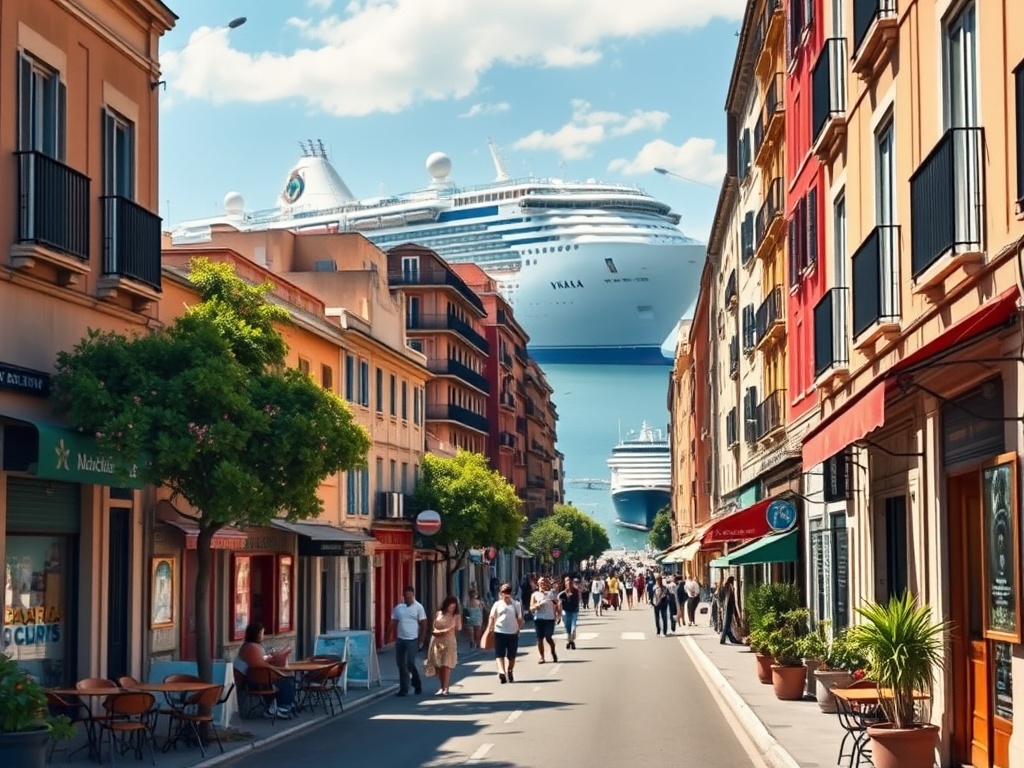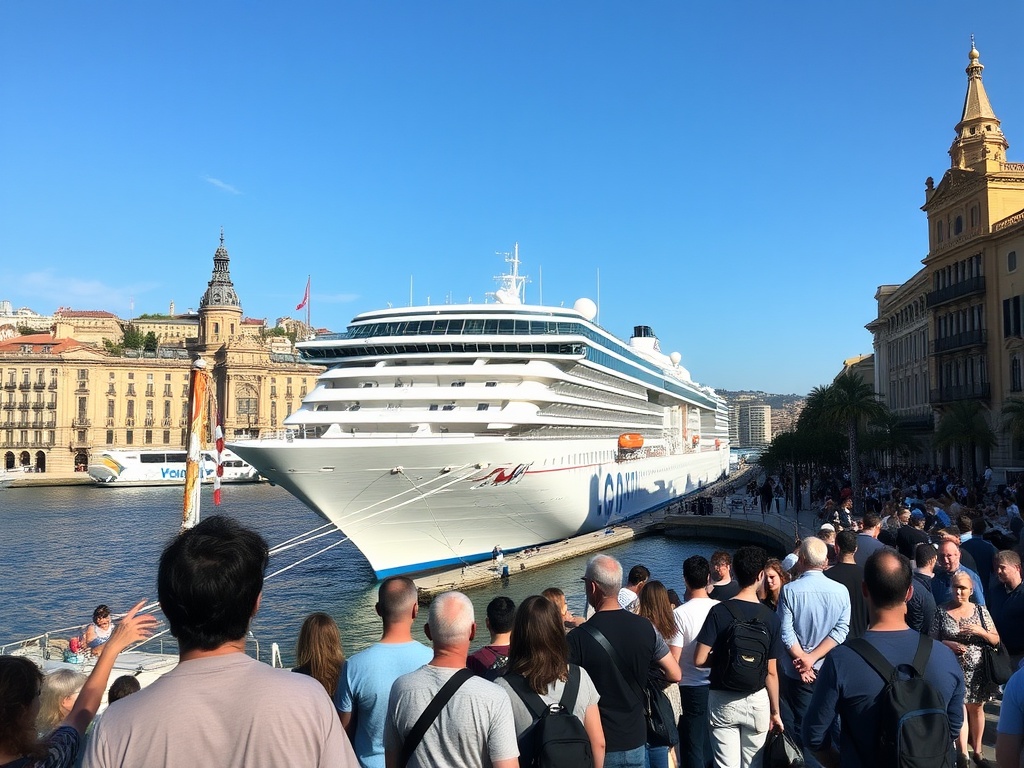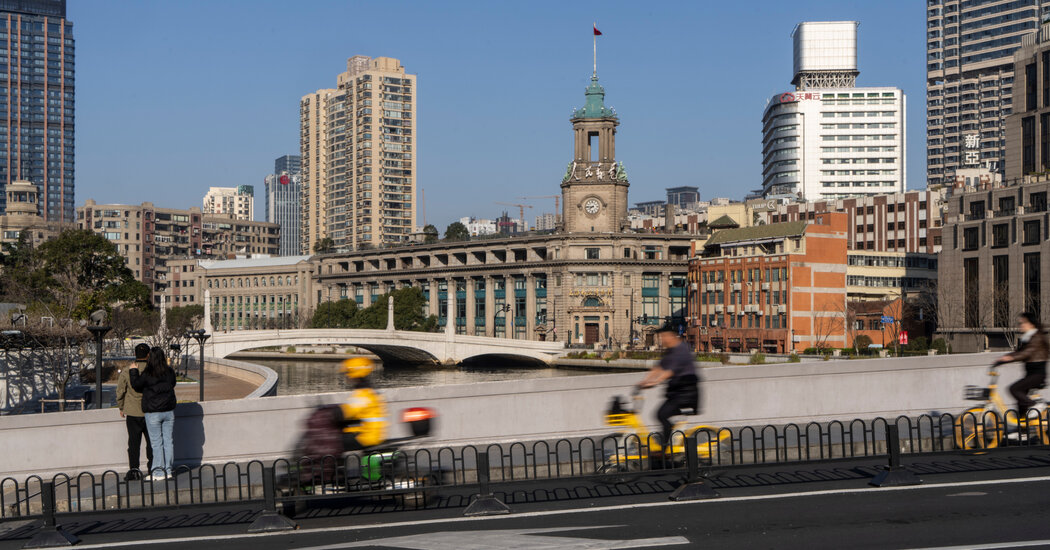Barcelona’s Push to Curb Cruise Ship Arrivals

In a bid to manage the overwhelming influx of tourists, Barcelona is taking decisive steps to limit the number of cruise ships docking at its ports. This initiative comes amidst growing concerns from both authorities and local activists about the negative impacts of mass tourism, which include severe overcrowding, environmental degradation, and soaring housing costs.
Laia Bonet, the city’s deputy mayor, has announced that the municipal government has reached out to the port authorities with the aim of negotiating a reduction in the number of cruise terminals. Currently, there are seven operational terminals, but the council’s goal is to shrink this number to five.
Last year, Barcelona welcomed a record-breaking 2.79 million cruise passengers, marking a 1% increase from 2023, according to port officials. Of these, approximately 1.66 million were transit passengers who spent a brief day in the city, a slight decline of 3.3% from the previous year. Bonet emphasized the pressing need for change, stating, “We have reached a limit [of cruise passengers],” during an interview with TV3.
“Our objective is to reduce the number of terminals and consequently the number of cruise passengers to five in the next agreement with the port,” she elaborated. This strategy follows a previous agreement in 2018 that successfully cut the number of terminals from nine to seven.
Jose Alberto Carbonell, the director general of Barcelona Port, confirmed during a recent press conference that discussions with the city council are ongoing, though he refrained from providing additional details. The port reported a profit of €63 million (£52 million) last year, reflecting a remarkable 26% increase compared to the previous year. Notably, the port’s overall income surpassed €200 million (£166 million) for the first time.
Port authorities highlighted that 33% of cruise passengers arrived on liquefied natural gas (LNG)-powered vessels, which are touted as being less harmful to the environment than those powered by traditional marine diesel oil. Furthermore, nearly two-thirds of the cruise liners that docked in Barcelona were built after 2010, resulting in a 15-20% reduction in emissions, according to port representatives.
However, environmental advocates like Greenmatch have raised alarms about the carbon footprint of the cruise industry, noting that an average cruise ship emits 250 grams of CO2 per passenger kilometer traveled—significantly higher than that of a short-haul flight.
Didac Navarro, a representative from the Stop Cruises campaign, expressed concerns about the future of tourism in Barcelona, stating, “If we don’t take action now, we could see up to five million cruise tourists coming to the city each year.” He reiterated the importance of the council’s efforts to reduce the number of terminals, saying, “We have been advocating for this for a long time.”
In addition to limiting cruise ships, Barcelona’s Mayor Jaume Collboni announced plans to increase the tourist tax for cruise passengers who spend less than 12 hours in the city. Currently set at €7 (£5.80), the new tax rate has yet to be determined. A 2024 report from the Cruise Liners Association revealed that one-day passengers tend to spend more money per day compared to other types of tourists.
Most cruise ships arriving at the Mediterranean port dock away from the World Trade Center pier, which is conveniently located just a short walk from La Rambla, the city’s most bustling street.




